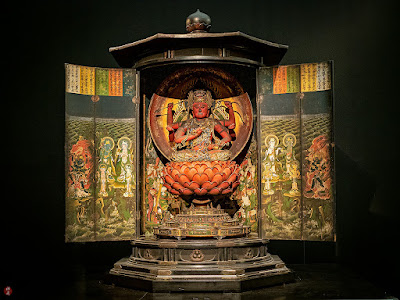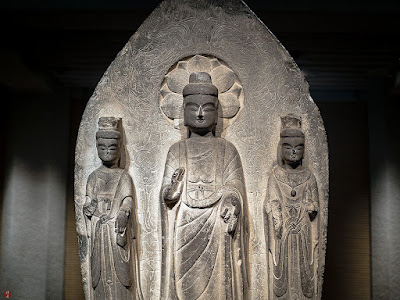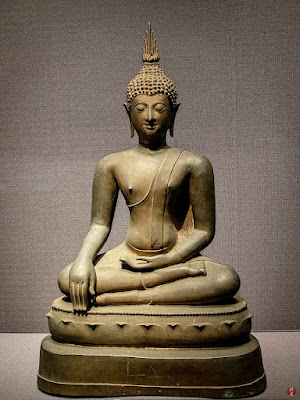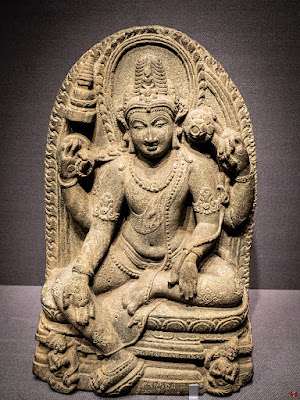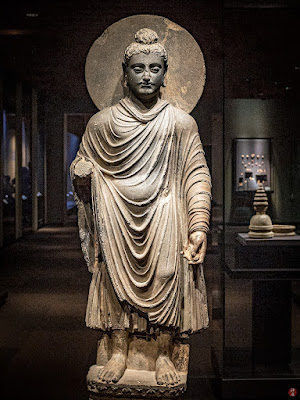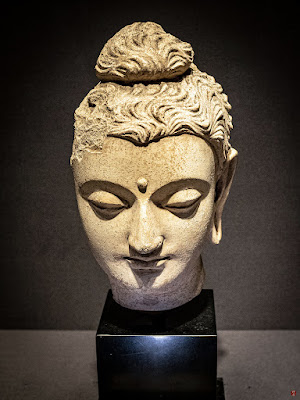My photographic notes about the four seasons in Kamakura or the gardens of Zen
December 20, 2022
Choshukaku teahouse in late autumn: Sankei-en (Yokohama)
Rinshunkaku palace in late autumn: Sankei-en (Yokohama)
Three-storied pagoda of the former Tomyo-ji temple beyond the pond: Sankei-en (Yokohama)
Juto Oido hall of the former Tenzuiji temple in late autumn: Sankei-en (Yokohama)
October 28, 2022
Shokin-tei teahouse and pond garden: Katsura-rikyu (Kyoto)
The imaginary view of the moonlit pond garden: Katsura-rikyu (Kyoto)
Shin-goten (new palace): Katsura-rikyu (Kyoto)
The interior of Gepparo teahouse: Katsura-rikyu (Kyoto)
The view of Shokin-tei teahouse from Gepparo teahouse: Katsura-rikyu (kyoto)
Shoiken teahouse: Katsura-rikyu (Kyoto)
The interior of Shoiken teahouse: Katsura-rikyu (Kyoto)
This teahouse is designed as a lookout for viewing the spring landscape of the pond garden and is similar to the "Monomi" (watch tower) that existed in the traditional residence of a court noble.
The upper part of the wall facing the outside of the "Kuchi-no-ma" (outer room) is decorated with six moon-shaped Shitaji-mado (base window), which is adding a witty and polished ornamental design to this farmhouse-style teahouse.
The middle room has a window that fills the entire frontage of the two rooms, and this window is intended to present quiet rural scenery along the Katsura River.
The long and narrow waist wall at the bottom of this window is decorated with eccentric and stylish ornaments in the fashion of the Edo period. The center of this long horizontal wall is divided into parallelograms, which are covered with gold leaf, and the triangular spaces on either side are covered with velvet in a checkerboard pattern.
September 20, 2022
Kongokai Dainichi Nyorai (Mahavairocana):Tokyo National Museum
Aizen-myoo (Ragaraja): Tokyo National Museum
Japan, Kamakura period, 13th century
Aizen-myoo is an avatar of Buddha and the raging god of love believed in Shingon Esoteric Buddhism. He has three eyes and six arms, wears the crown of a lion's head, is red in color with anger, and is seated in the lotus position with his legs crossed. He holds a bow and arrows in his six arms to destroy human demonic stupidity, and a Hobyo (sacred water vessel) is placed below the lotus seat to sprinkle the water of mercy.
As "Aizen(love)" suggests, he is in charge of human love and lust and has the power to transform our earthly lust and greed into pure bodhicitta (enlightened mind), symbolizing the extinction of worldly desires and the attainment of enlightenment.
Humans have many desires and greed, which have the power to drive us to endless destruction and agony, but, at the same time, they also have the power to energize our lives. Aizen-myoo's teaching is to purify such crude human desires into the sinless and pure energy that causes spiritual enlightenment.

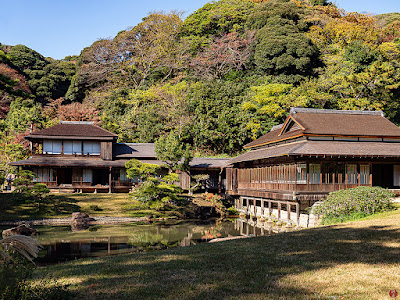
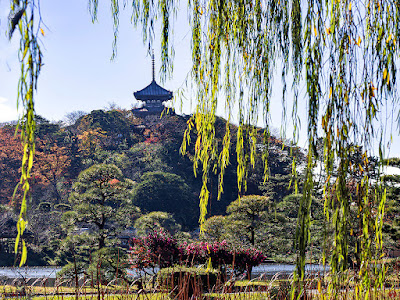
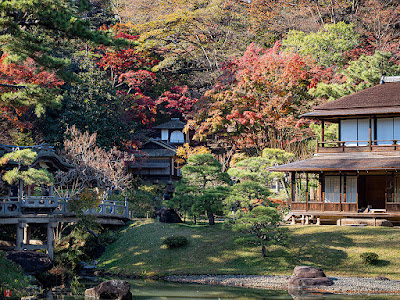

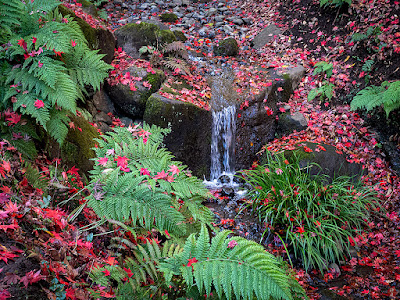
.jpg)





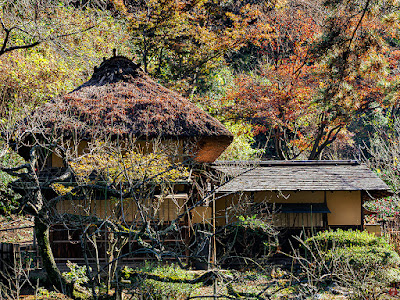
.jpg)


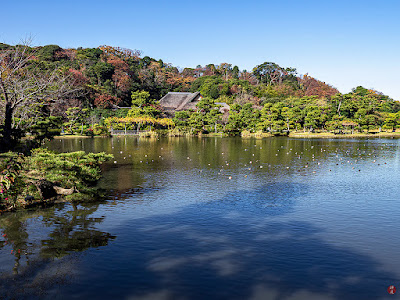
.jpg)
.jpg)
.jpg)
.jpg)

.jpg)
.jpg)

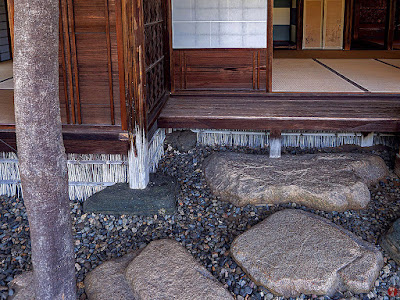


-.jpg)

%2001.jpg)
%2002.jpg)
.jpg)
.jpg)
%2002.jpg)
%20.jpg)
.jpg)
%2001.jpg)

